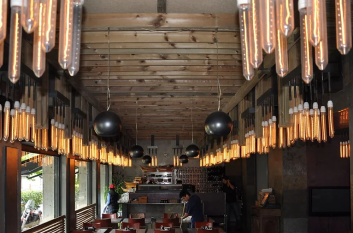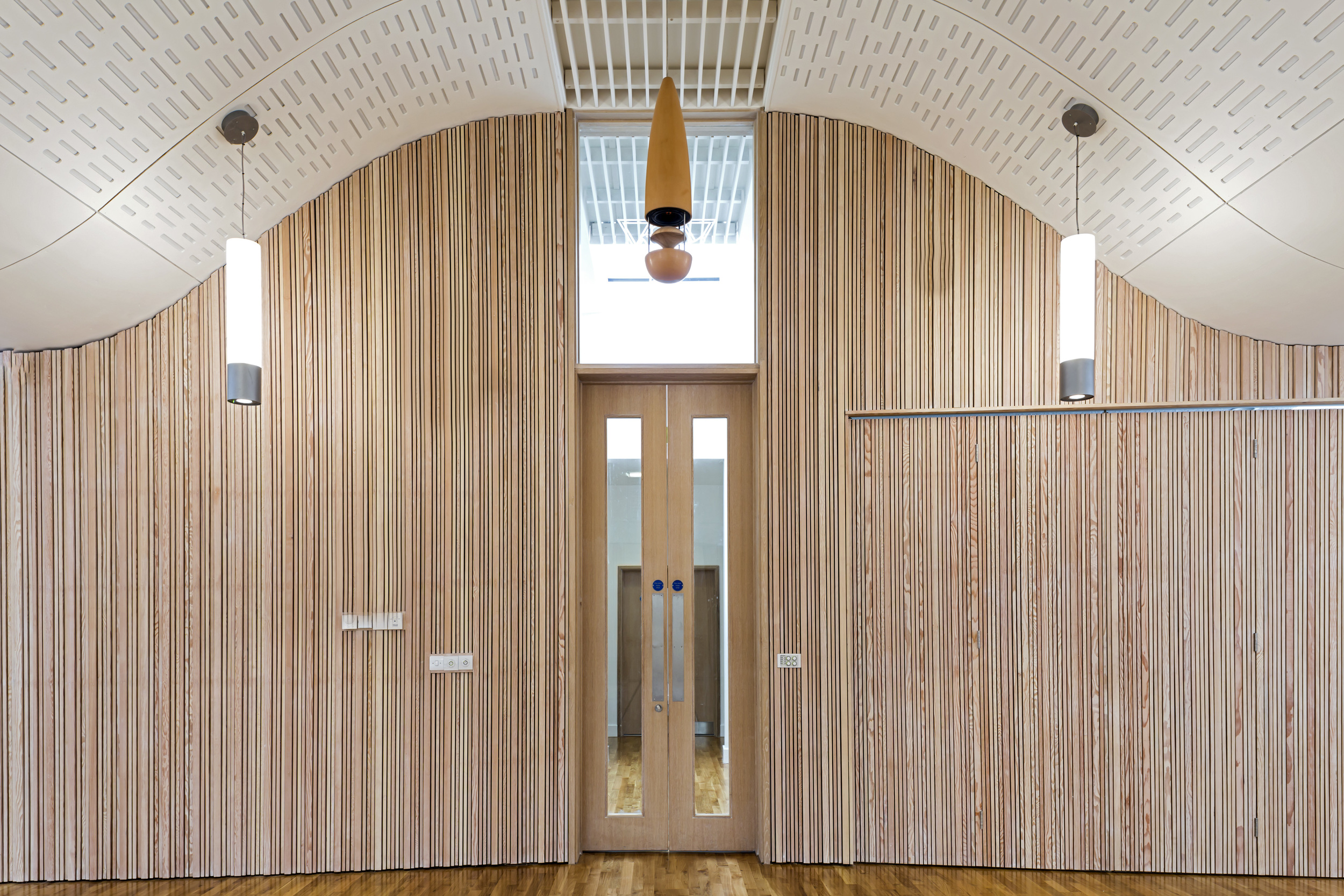WORKS
San Lorenzo da Brindisi Church, Rome
When Father Luca celebrated the opening mass at the reconstructed church of San Lorenzo da Brindisi in Rome, he immediately realised that the acoustic configuration was so poor that the congregation was struggling to understand his words. The supervising architect called Francesco, founder of Acoustic Clarity and NACSound to find a solution for a problem other acoustic consultants had been unable to solve.
The acoustic challenge
The Church of San Lorenzo da Brindisi in Rome underwent a radical renovation in 2010 which transformed the acoustics: from a large, open concrete hall, it was turned into a wooden hemispheric sanctuary designed to host large choirs and organ recitals.
“Other acoustic consultants provided us with an expensive and unsightly solution. That is when I called Francesco (Acoustic Clarity / NACSound).”
Paolo Marciani, Architect
The usual acoustic challenges faced in churches – such as prolonged reverberation time and sound wave distortion from reflective surfaces were aggravated in the case of San Lorenzo by the concave shape of the roof, which incorrectly focused the sound waves. In addition to that, the new structure, also distorted the human voice and the reflections from the concrete and marble surfaces made it almost impossible to hear anything under the dome clearly.
Father Luca recalls the situation: “We were very disappointed with the acoustics in the church after the dome was finished. We had imagined a calm and serene atmosphere where the entire audience could clearly hear and understand the sacraments. Unfortunately, it was nothing like that.”
Paolo adds: “The sound engineers we hired tried to resolve the acoustic problem by using a standard line array speaker system with an electronic delay: an expensive and complex system that did not solve the problem and looked very out of place inside the church. That is when I decided to call Francesco and his team came and performed an extensive analysis of both the acoustics and the architectural limitations of the space”.
Francesco recalls that visit: “I inspected the room and ran a few standard checks which were enough to help me focus our study: we needed to increase the sound absorption in the dome and dampen the resonance. We just had to find a way for this to happen in the least intrusive way possible.”
A new holistic acoustic solution
The solution proposed was novel in that it holistically approached the problem rather than addressing a single issue. We installed a custom-made translucent cloth that was stretched across the top of the dome, making it behave like a drum. While respecting the aesthetics of the renovated church, the pews were also modified and a slat system was added, lowering the delay from the initial 9 seconds to the more acceptable 3 seconds. In terms of speakers, instead of expensive and unattractive arrays of units, we installed an omnidirectional solution.
Recalls Francesco “We have applied a completely different method to the standard approach, but I know from our experience that it works very well. It is much simpler to use and maintain, and quite inexpensive in comparison to a traditional configuration with dozens of smaller units.”
We placed a large omnidirectional speaker (Thor by NACSound) for the organ music above the organist and supplemented this with four smaller omnidirectional speakers (Atun by NACSound) for the vocals. Thanks to the omnidirectional nature of the sound emitted, these speakers can be suspended from virtually anywhere, without being a distraction for the audience nor compromising the sound quality.
Last but not least, in collaboration with the famous artist and mosaicist Father Marko Ivan Rupnik, we designed a new, special type of mosaic that fixed the acoustic problems of the altar, backed by a plain, reflective curved section that was inducing whistle noises and high pitch distortions in the microphone audio.
Following our intervention, Father Luca commented: “The Church is delighted with the results. The atmosphere inside the dome is exactly as we wanted it to be. The sunlight shines through the central oculus with the shadow of a dove symbolising the Holy Spirit that hovers over the assembly. The design of the speakers also reflects the ecclesiastical nature of the building. The sound is now exquisite and we were very pleased when the opera singer, Andrea Bocelli (who performed here recently), complimented the sound quality.”
The visual story

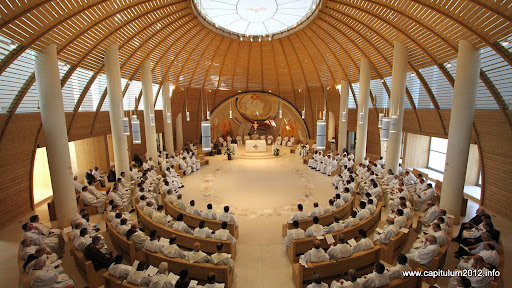
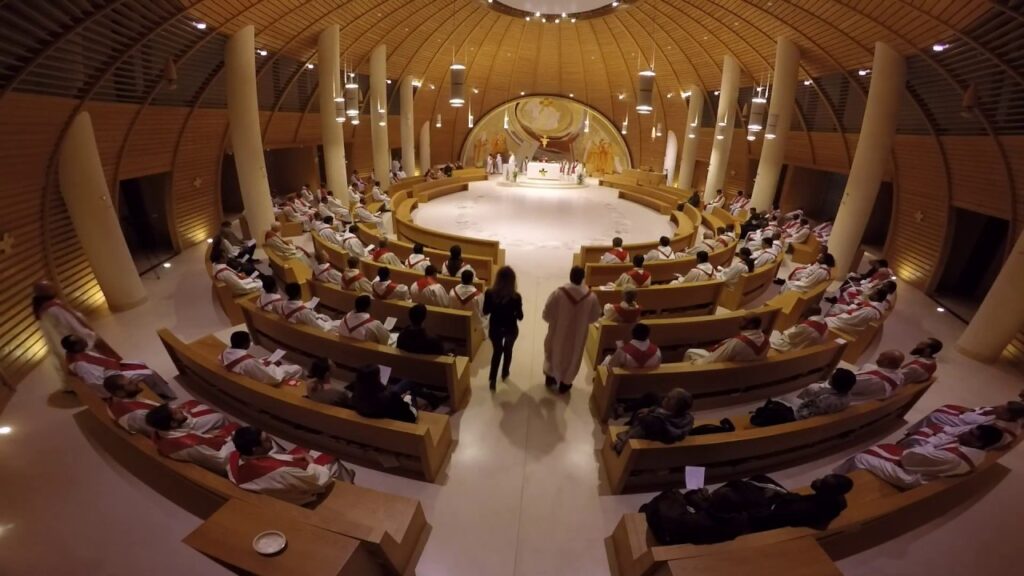
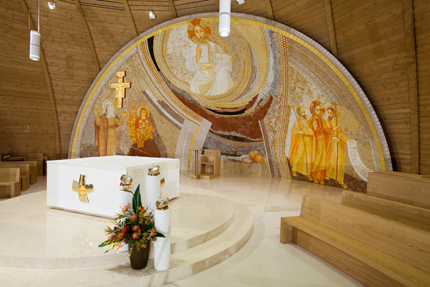
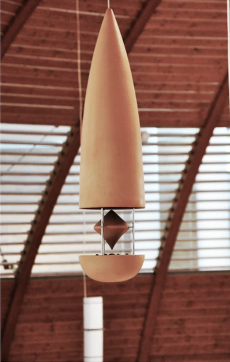
Did this project interest you?
Get in touch if you’d like to understand more about any of our services, how we work or to discuss your project

